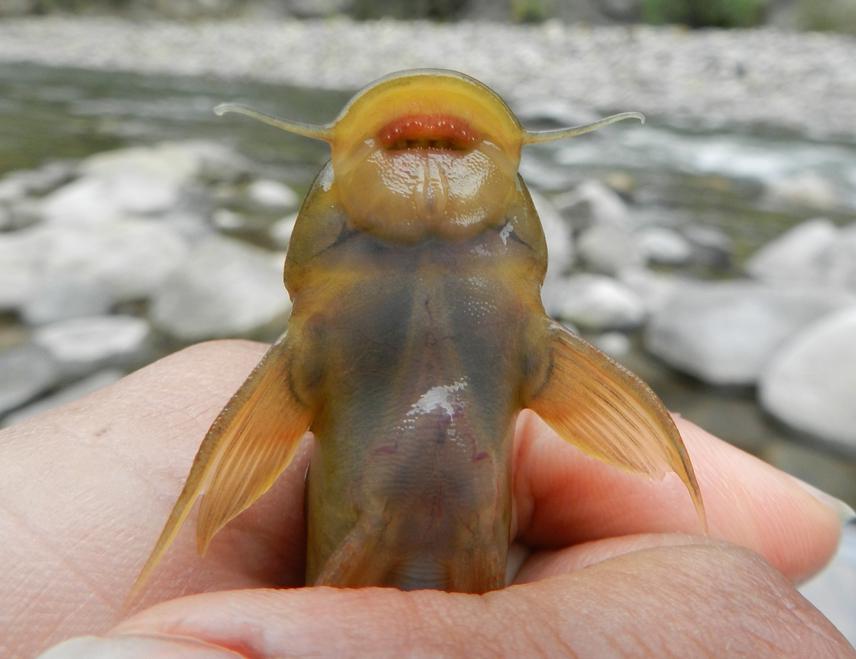Ericka Vanessa Correa Roldán
This project will gather data on Andean fish habitat preferences in the Upper Apurimac River basin and will compare them with data from the Beni River basin in Bolivia. Models and methods will be used to formulate recommendations to the Peruvian legislation on river conservation. We will develop scientific and educational material, and will train personnel in scientific research.

Mining, hydroelectric dams, cattle farming, urbanization and the introduction of non-native aquatic species threaten the biodiversity and ecology of the Andean rivers of Peru. Fish are especially vulnerable to these impacts and good indicators to develop tools in order to introduce environmental flow concept in the conservation plans. This project will gather data on fish habitat preferences in the Apurimac River basin, and will compare them with data from Bolivia. Models and methods will be used to formulate recommendations to the Peruvian legislation on river conservation. We will develop scientific and educational material, and will train personnel in scientific research. Field collections will be carried out in dry season for the basin, corresponding to the period of limitation of fish habitat.
Because of high velocity and turbulence of water of Andean rivers, fishes will be caught by electrofishing in established plots on every simple station. Electrofishing temporarily paralyzes fishes, allowing them to be collected with hand nets and seine nets. Specimens will be narcotized with clove oil, fix in formaldehyde and transferred to ethanol (70°) for further morphological analysis in the Department of Ichthyology of Museum of Natural History of San Marcos University. Total and standard length, weight and life phase of each fish will be registered. My team will measure velocity, flow, water depth and substrate type on the same plots where electrofishing will be performed. A current meter will be used to measure each parameter, except by the substrate type, which will be measured qualitatively.
Laboratory activities and information processing will be undertaken after trip. The process in the laboratory will be to identify fishes using keys and original descriptions, and to deposit them in the Collection of Ichthyology of the museum. Estimators and curves will represent alpha diversity and abundance, while habitat characteristics will be evaluated with multivariate statistical techniques such as Principal Component Analysis tools. We will develop mesohabitat/microhabitat preference curves and generate probabilistic models of species distributions by using Generalized Additive Models.
The main contributions of this project will be scientific production to three types of audiences, a monitoring manual, an Andean fish identification guide, and training for young scientists and local people. This study is being developed in scientific collaboration with the Institut de Recherche pour le Développement (IRD) and the Department of Ichthyology of the Museum of Natural History of San Marcos University.